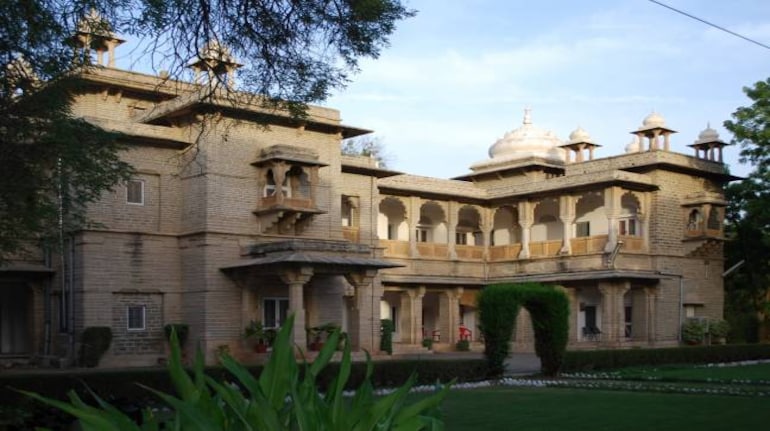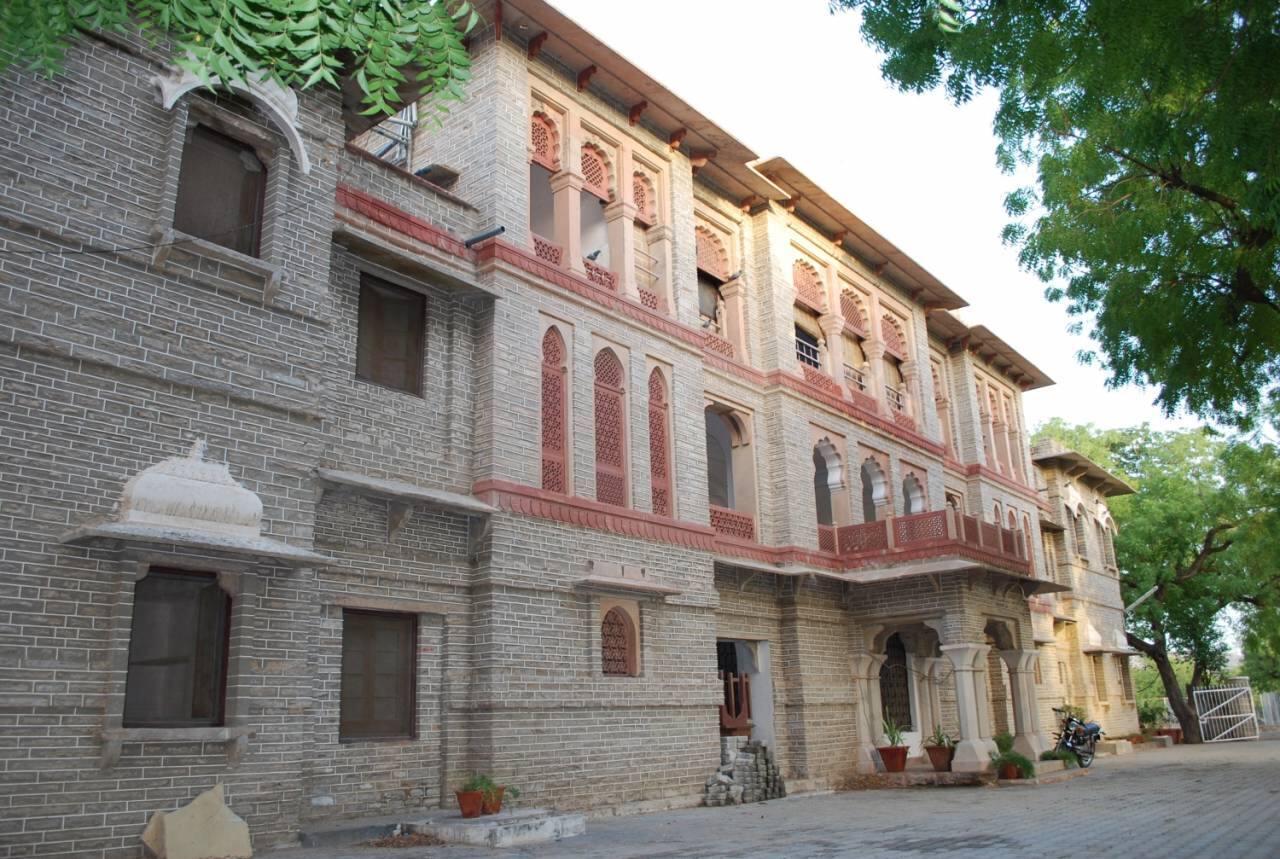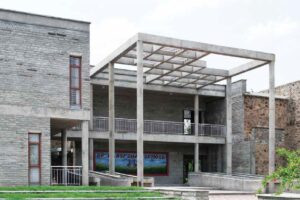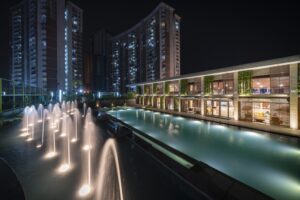Carving out modern living and common-use space for students in the iconic buildings while preserving the ‘essence of the past’ was a unique challenge, say Vinod and Ranju Singhi of Basics Architects

Ajmer House photo courtesy Basics Architects
It took years – from May 2004 to January 2013 – to complete the renovation and restoration work of the boarding houses of Mayo College in Ajmer, Rajasthan. Even after 10 years, it remains an unforgettable ‘profound experience’ for architects Vinod Singhi and Ranju Singhi of New-Delhi based Basics Architects.
Looking back, both architects say they had to be constantly mindful of how sensitively the heritage project had to be handled. One of India’s oldest schools, also known as the Eton of India, Mayo College was founded by Richard Bourke, the sixth earl of Mayo at Ajmer in Rajasthan in 1875. He had been viceroy from 1869 to 1872.
It was a political agent of the Bharatpur Agency, Lt Col FKM Walter, who recommended in the Bharatpur Agency Report on May 28, 1869, “to ensure to the sons of aristocracy in India a liberal and enlightened education to enable them to keep pace with the ever-advancing spirit of the age.” The intention then was to create an institute with a curriculum tailored specifically for the sons of noblemen and royals of India.
 Bikaner House (photo courtesy Basics Architects)
Bikaner House (photo courtesy Basics Architects)
The main college building was designed in Indo-Saracenic style (often referred to as Indo-Islamic architecture blended with Gothic elements) according to initial plans submitted by architect Major Charles Mant. After he formally adopted the plan to build the school, Lord Mayo invited the royals and noblemen of the Rajputana to build and maintain the boarding houses for their children.




Leave a Reply
Your email is safe with us.